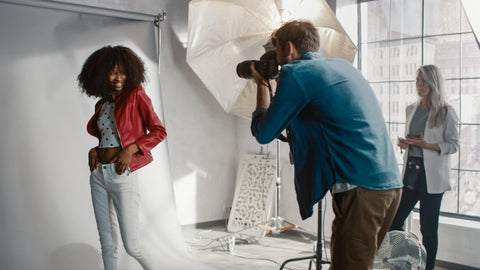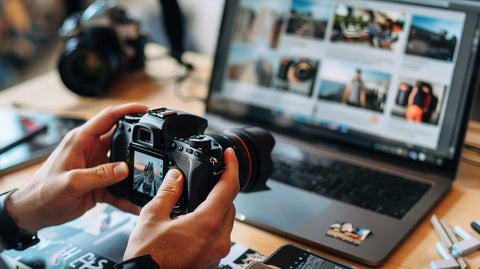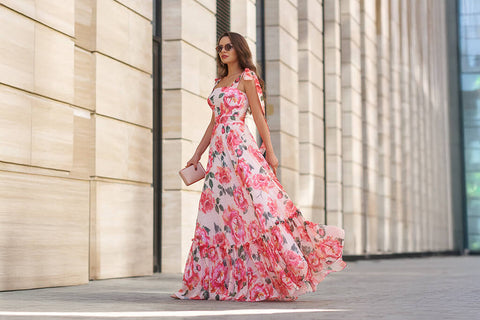- Lightroom Presets
- Mobile Presets
-
Photoshop
-
Learn
-
Support
-
Install
- Best Sellers
- Blog
By Pretty Presets on | No Comments

One of the hidden, under-used gems in Lightroom is the graduated filter. I've written tutorials on this particular tool before, but I decided to do another one to highlight why this tool is so useful.
When editing images in Lightroom, you can make both global and local edits. Any edits made using the right-hand side panels are "global," meaning they apply to the entire image. Changes made via a tool like crop, spot removal, brushes, or filters are considered "local" edits because they are applied to a local, specific part of the picture.
What is so special about graduated filters? This particular tool allows you to make changes that "gradually" drops off as you pull it across the image. You can add light, darkness, contrast, clarity, sharpness, etc. In other words, you can add directional light to your image, either to enhance existing directional light, or to simulate it where needed.

Once you've applied a graduated filter to an area, you may wish to increase or decrease the strength of it. You can do this by clicking the black triangle beside the name of the grad filter. This will condense the menu and show an "amount" slider, which you can move to increase or decrease the effect.

With Lightroom 6 (and continuing on in Creative Cloud) Adobe added an element which perfected it, remedying the only problem I had with the graduated filter - the ability to REMOVE the change from part of the effected area. They did this via the brush feature they added the graduated filter, which allows you to erase it off of areas you didn't want it to affect. On the flip slide, you can also apply the change to other areas with the brush.

The reason I'm going on and on about graduated filter is that I LOVE how I can edit an image to accentuate the actual light in the image. Below is a comparison of an edit with brushes and panel edits, versus an edit with brushes and graduated filters.
These same techniques can be used to make a sky look more blue (as long as your sky has color - if it's blown out, filters won't be able to help), or making the grass look greener.

For a final look, below is a comparison of the SOOC (straight-out-of-camera) image and the edit with brushes and filters. The brushes I used were from the Perfect Portrait Brush Collection.





Comments